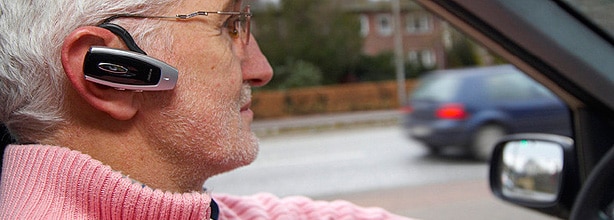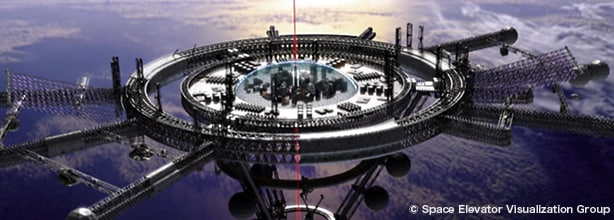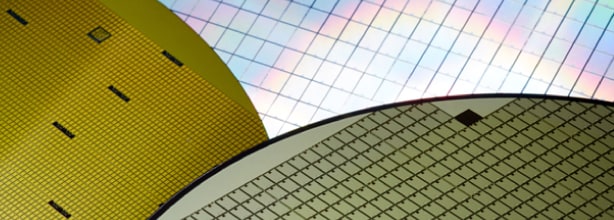
- Semiconductor Technology Now
Product
Is the Age of Head-mounted Display Coming?
Advanced head-mounted displays can acquire diverse information from objects within their field of vision. What are the current issues and future prospects of this device?
- August 10, 2012

A head-mounted display (HMD) is a device worn on the head to give an immersive visual experience to the user. HMDs appeared more than 40 years ago and were turned into various consumer devices in the late 1990s, although they did not gain much popularity at the time. The interest in the device was recently revived, however, with Google's announcement of an advanced HMD, dubbed Google Glass. Are HMDs finally ready to come into the mainstream? Let us explore what issues HMDs have, and what their future might look.
Virtual reality and HMD debuted in tandem
HMDs are display devices worn on the head like goggles or glasses. Because the images are shown right in front of the users' eyes, HMDs can give a much more immersive experience compared to conventional displays. The first HMD was developed by Ivan Sutherland in 1968 as part of a virtual reality (VR) system. The display was so heavy that it had to be suspended from the ceiling, and users could not walk about freely at all while wearing this display.
Subsequent advancements in technology made HMDs smaller and better, and several companies made HMDs available for industrial use in the early 1990s, mainly to support factory workers engaged in production, repair, and logistics. In the late 1990s, consumer-use HMDs were released from companies like Sony and Olympus, attracting media attention.
Types of HMDs
There are a wide variety of HMD products available today, but they can be divided into four types depending on whether they are worn over one eye or both eyes, and whether the viewer is opaque or transparent. Many of the binocular HMDs are for consumer use, including the opaque Olympus Eye-Trek series. Opaque binocular HMDs block surrounding views, letting users immerse themselves in the displayed images. These are ideal for audiovisual purposes such as watching movies and playing games. Transparent binocular HMDs, including the Vuzix Wrap series and Epson Moverio series, are also suitable for audiovisual applications. In contrast, monocular HMDs are mainly used in professional settings, as they only present partial views to assist the users with the tasks at hand. Shimadzu DataGlass 3/A is a representative opaque monocular HMD, while Brother AiRScouter is representative of a transparent monocular HMD.
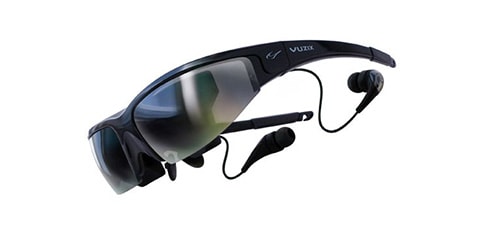 |
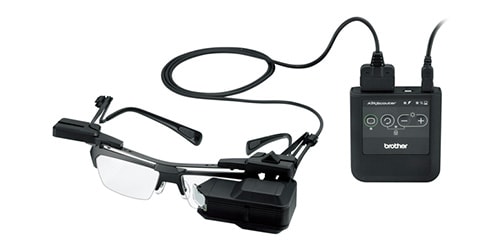 |











